Why we’re running it: To see whether this trailblazing small EV has evolved enough to still be considered the best in its class
Month 4 - Month 3 - Month 2 - Month 1 - Specs
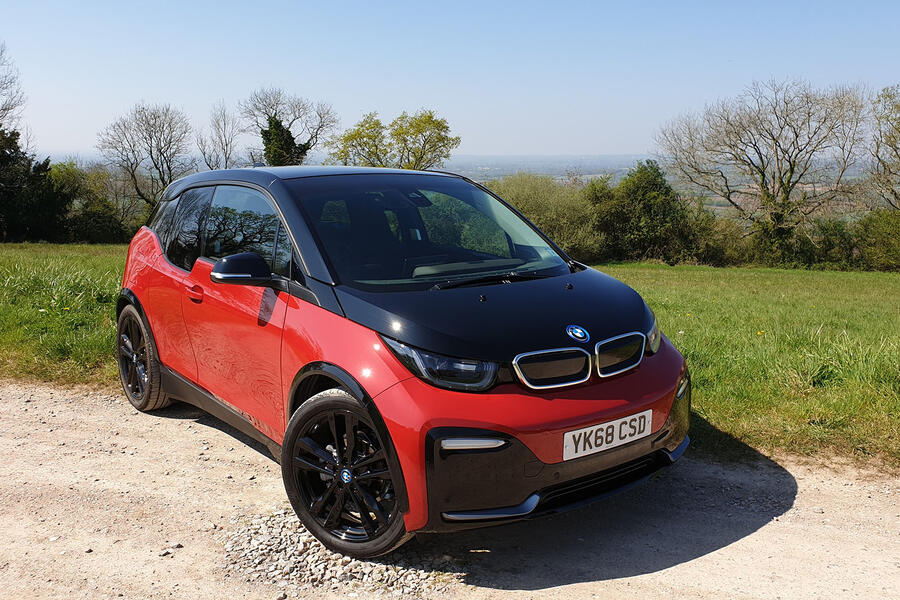
Life with a BMW i3S: Month 4
I like to think that any car can be fun when driven on the right road – so shifting the already entertaining BMW i3s from the stop-start city traffic of south-east London to the quieter country roads of Surrey following a house move has really brought out the EV’s playful side.
Instead of gridlocked roads that rarely allowed for anything above 25mph and where the only amusement was always being first off the line at traffic lights, my morning commute now offers the choice of free-flowing motorway, or quiet country roads with honest-to-goodness corners.
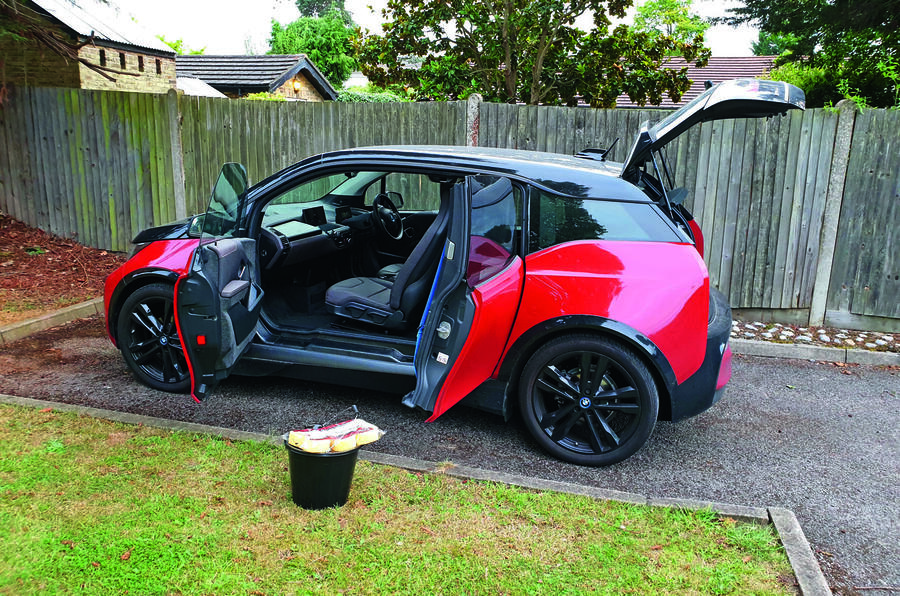
The BMW might be tall, but it’s proving brilliantly chuckable, with rear-driven character you won’t find in any other small EV – at least until the Honda E arrives early next year. It’s a shame the stability controls (which can’t be fully disabled) step in sooner than you might expect, as the low centre of gravity gives plenty of confidence in the bends and there’s enough power to draw out the beginnings of oversteer before the electronics get involved. Sport mode makes the steering a little heavier but, seeing how darty the car can feel in the standard Comfort setting, I prefer the extra weight of Sport.
It’s also rapid all the way up to the national speed limit, unlike some less expensive rivals that begin to feel out of their depth once you venture beyond 40mph. Finding even the smallest gaps in motorway traffic? Not a problem.
Thankfully my new driving routes are well surfaced, as a jittery and overly firm ride is easily the i3s’s worst trait. The standard car coped far better with bumps and potholes, although a brief ride in one did help highlight the improved stability added by the wider rear track on the i3s.
Journeys have been shorter, but speeds have also been higher, and Sport mode seems to apply less brake regeneration than the other modes. All of which has made an impact on range, but not enough to change my charging habits, with a top-up at the office usually enough to get me through the weekend without needing to visit a public charger. Those waiting to hear about longer journeys will need to hold on a few more weeks, but they are in the works.
The BMW was never going to be my first choice when it came to moving day, but it did prove more capable than I gave it credit for – and all because of those backwards-opening rear doors I sneered at recently. Fold the rear seats down and there’s 1100 litres of space behind the driver, but the boot floor is completely flat because of the battery pack underneath. No amount of Tetris-style rotating was going to let the rear hatch swallow an entire dining room table, but the pillarless doors left just enough room to get everything in at once.
I’ve also been reliably informed the i3s shares something in common with McLaren supercars costing many times the price: dodgy DAB radio reception. It seems it takes little more than a multi-storey car park, short tunnel or gusty south-westerly breeze to silence the signal.
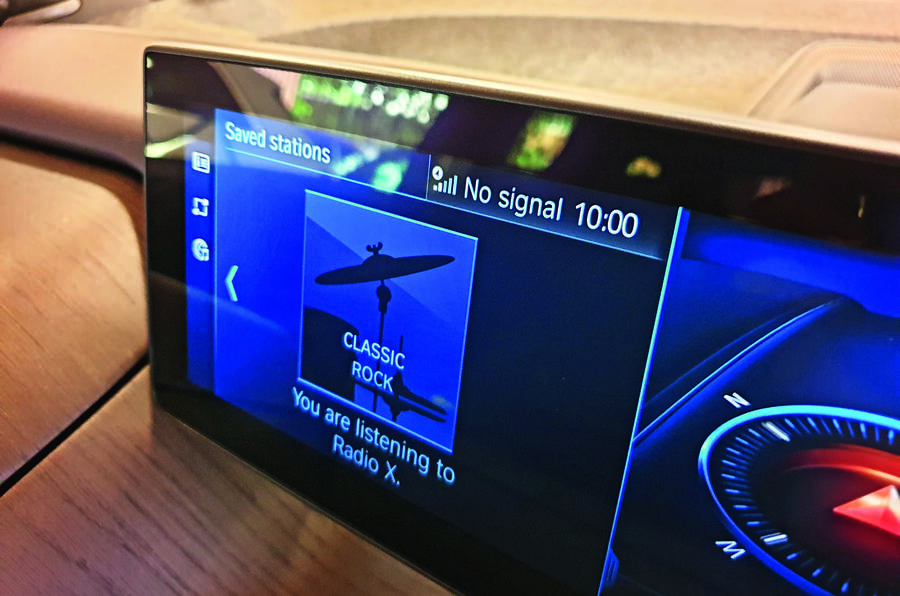
Okay, maybe that last one is stretching things a bit, but it really doesn’t take much for reception to take a dive down to crackly FM. It’s because of the carbonfibre-reinforced plastic (CFRP) construction, apparently – it might be tough and light, but doesn’t make for a great radio aerial.
LOVE IT:
Serious stance Wider arches give the i3s real presence that feels lacking from the standard car.
LOATHE IT
Rocky ride Lowered ride height and 20in alloys make for bumpy progress over anything other than perfectly smooth Tarmac.
Mileage: 4909
Life with a BMW i3S: Month 3
Plug socket location could be better - 31st July 2019
The i3’s charging point is where you’d normally find the filler cap in a combustion car. This isn’t always convenient – especially for on-road rapid chargers, where you either need to mount a kerb or three-point turn to allow the cable to reach. I’ve had fewer issues with EVs where the charging point is located on the nose, but think the Audi E-tron’s double-sided approach is best.
Mileage: 4312
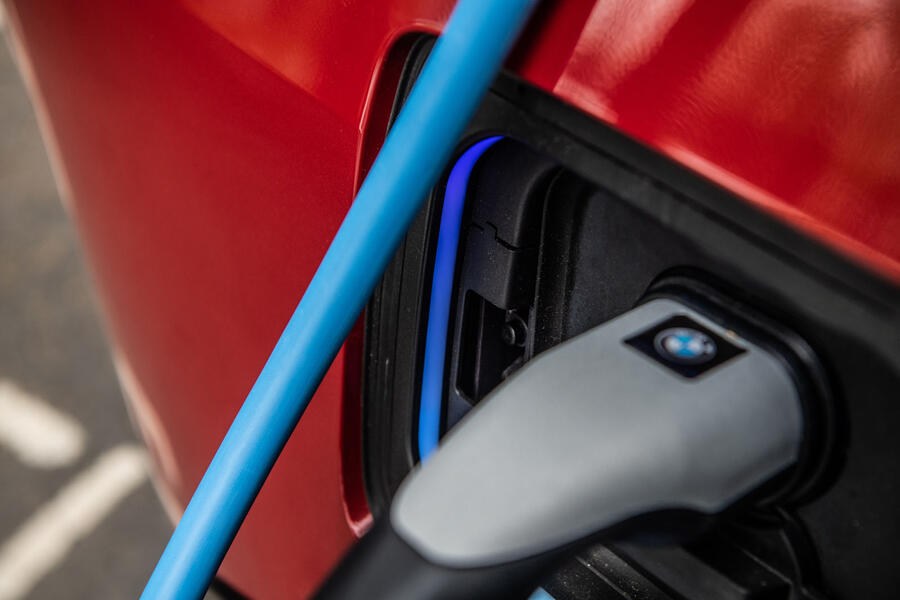
Can you open this for me? - 10 July 2019
I call the act of helping someone get out of the i3’s rear seats in a busy car park the ‘supermarket shuffle’. You either get uncomfortably close to one another or lean over the front door to open the rear one. With no way to escape the rear without help from the driver, it’s the i3’s least practical aspect – but still easier than climbing over the front seats in a 3dr.
Mileage: 2894
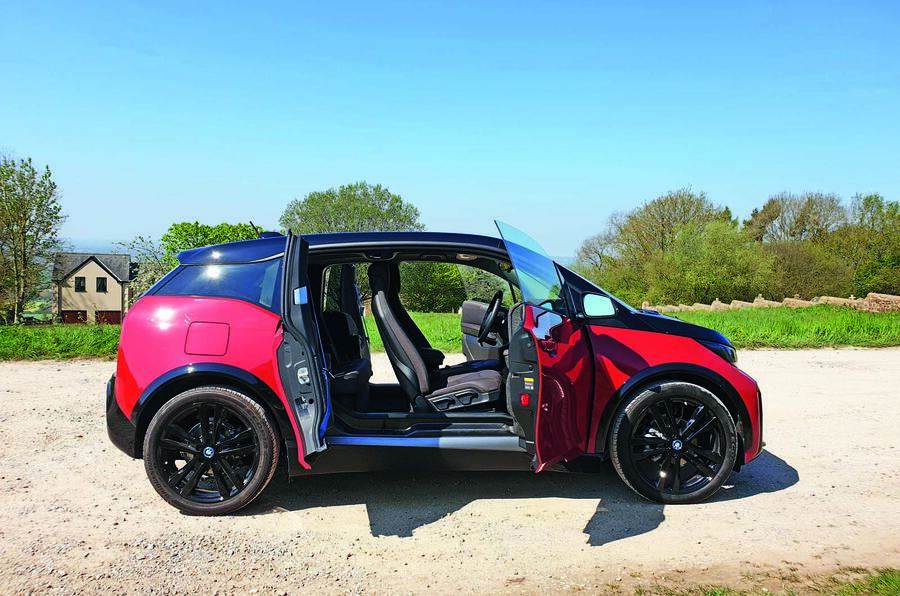
Life with a BMW i3S: Month 2
A USB-powered workaround - 19th June 2019
While iPhone owners will appreciate support for Apple CarPlay, BMW’s refusal to play nicely with Android Auto has made queueing up podcasts a bit frustrating once my phone is sealed in the armrest that doubles as a wireless charger. So I loaded a USB stick with music to control it more easily through the iDrive interface. Good to see the BMW isn’t so picky about rival-branded flash drives.
Mileage: 2119
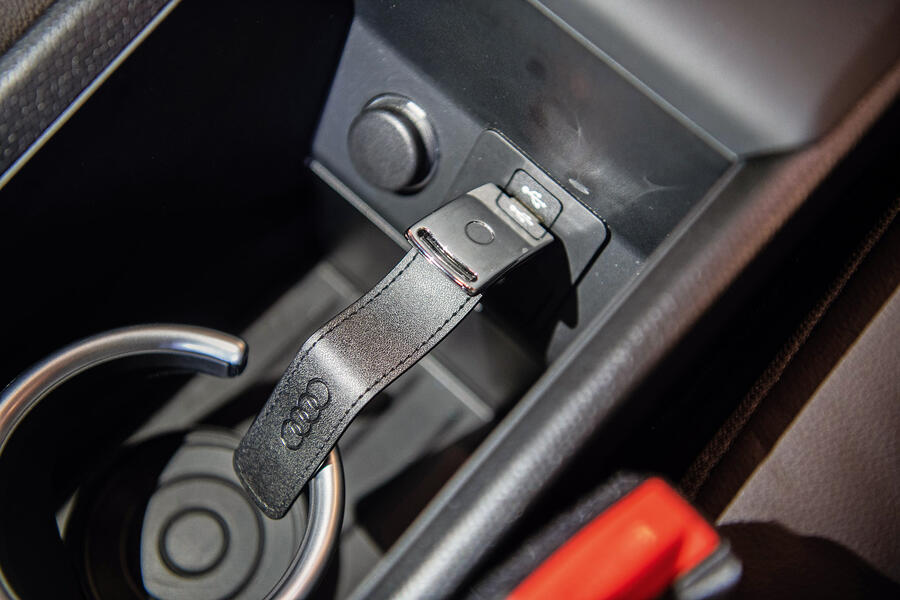
There are two ways to drive the i3 – and both have their benefits - 5th June 2019
Barely a month in and the i3S is cultivating something of a split personality in me, at least when it comes to my driving style.
For my commute, the drive mode is firmly in Sport and the air conditioning on. I’ll even precondition the cabin if the weather looks a bit iffy. With only 17 miles to cover and a charging point waiting for me at the office, there’s no need to conserve power or take it easy off the line at traffic lights. And my word, it feels nippy when you do open the taps, in a way a similarly powerful petrol hot hatch can’t hope to equal.
Learning exactly where the regenerative braking will bring the car to a stop in queues of traffic took a little bit of trial and error, as BMW has calibrated it to be much stronger than in some rival EVs. I was either pulling up short or needed to apply the brakes myself for the first few days, but now I’m almost exclusively using one pedal inside the M25.
For the few longer journeys I’ve managed so far, I’ve noticed my right foot becoming a lot lighter, with adaptive cruise engaged and the drive mode knocked back to Comfort or even Eco Pro to maximise mileage – but I draw the line at switching off the climate controls. (Frostbite and heat exhaustion aren’t on my bucket list, funnily enough.)
I partly put this down to how the i3 displays its remaining charge, with four large chunks of battery gradually slipping away with each passing mile. Once one chunk has disappeared, that’s a quarter of your total range gone, regardless of what the estimated range might be. I think it’s a psychological effect that the Kia e-Niro, with its 18 smaller pips showing how much juice you have left, deals with better.
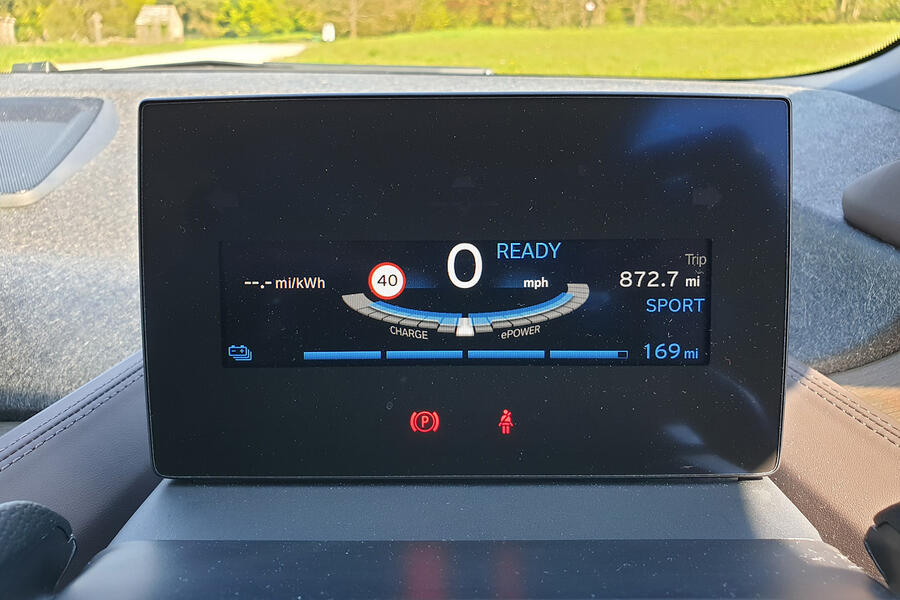
My frugal driving was also influenced by my destinations having only a handful of public charging points, and (in one case) no opportunity to hook up a three-pin plug in case of emergencies. When visiting family on the south coast, the nearest public rapid charger was a town over, and when I got there, it turned out to be broken, despite ZapMap reporting otherwise. The Tesla Model X owner that I beat to the functioning 7kW charger was aghast, and the maximum 30-minute stay meant a scant 20 miles of range gained. Luckily, there were two more 7kW chargers a mile down the road that allowed a longer stay.
On a later trip to Canterbury, I had the option of overnight three-pin charging and my friend’s smart meter indicated £4-£5 spent on a top-up from around 40%. Well worth the round of drinks I bought in return. I’ve been told a good strategy is to sign up for all the major charging networks, so I don’t need to be as picky when it comes to charging, and to aim for rapid chargers along my route rather than seeking them out at my destinations.
There’s little doubt that the sheer number of companies on offer is confusing for the EV newcomer, as are the different payment plans: I initially subscribed to Polar Plus but have a feeling I’ll be adding several more RFID cards to my wallet and apps to my smartphone homescreen in the near future.
Love it:
INSTANT ACCELERATION No hunting for gears, and no waiting for revs to build. The i3’s off-the-line shove is immediate, and really quite rapid.
Loathe it:
NO LOVE FOR ANDROID I listen to a lot of podcasts, but with no Android Auto, there’s no way to queue up a new one while on the move. Annoying.
Mileage: 1873

Life with a BMW i3 S: Month 1
Other owners put our range to shame - 23rd May 2019
Using the BMW Connected smartphone app’s driver statistics, I’m doing my best to beat the community averages for efficient driving, energy recuperation and power consumption – but some are easier than others. The high score for furthest distance on a single charge will take some doing – bravo to the owner who managed 228 miles.
Mileage: 1104
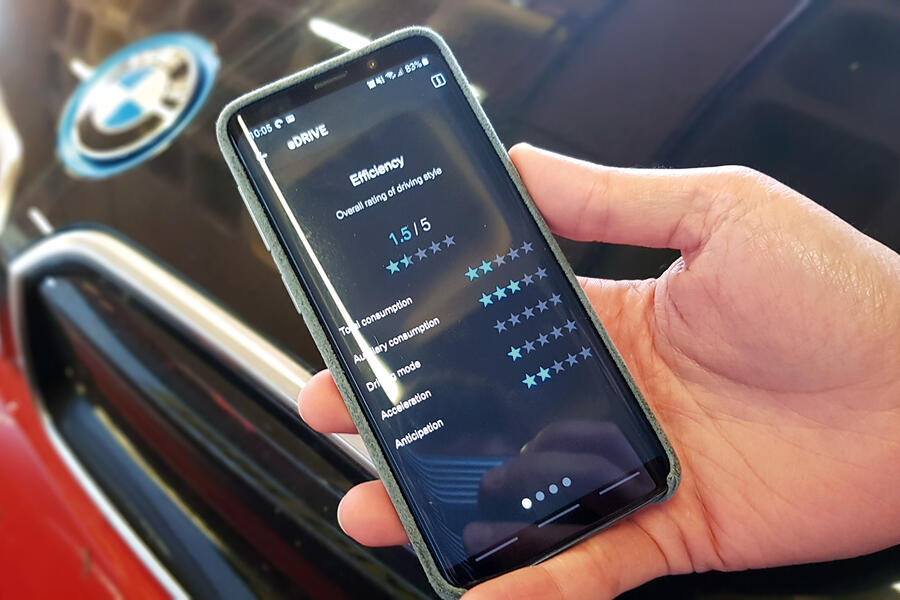
Electric commuter car has six months to prove its worth beyond just city driving - 15th May 2019
The i3 was the original defining electric car. It was BMW’s vision of the future, one that beat Tesla to the mainstream market by two years and aimed to prove that EVs could be different from the established three-box norm.
Five years have passed since it first appeared and, in that time, cheaper rivals have come along. But BMW hasn’t stood still. Today’s i3 exists in pure-electric form only, improved with greater range and a sportier, more engaging i3s version. The arrival of a new 42kWh-capacity battery (120Ah) makes this the ideal time to revisit and see if it’s still the best compact EV out there.
I was deemed its obvious custodian. My commute to and from Autocar’s Twickenham office usually packs me onto six different trains like a sardine for up to two hours each way – a privilege for which I pay £10.50 per day. Travelling by car is slightly faster, even with traffic, but falls foul of the London congestion charge (£12 per day). Even before adding the cost of petrol or diesel, I’d be out of pocket, and the newly introduced Ultra Low Emission Zone ruled out running an old econobox on the cheap.
Over the next six months I plan to spend with BMW’s electric hatchback, I stand to save £1240 on public transport, or as much as £3500 on fuel and toll charges. Sounds like a no-brainer, doesn’t it? There is, of course, the small proviso that I live in a fourth-floor flat. I’m not planning to buy an extra-long extension cord so will be largely relying on public charging points.
The office has a 7.2kW charger, so I’ll be fine during the week. For those longer journeys – and there will be many – I’ll be completely reliant on destination charging, or the odd three-pin overnighter when visiting relatives out in the sticks.
BMW says the i3’s new longer-range 42kWh battery is good for 177 miles under WLTP, but the next six months will likely prove as much a test of Britain’s electric car infrastructure as of this quirky electric hatchback.
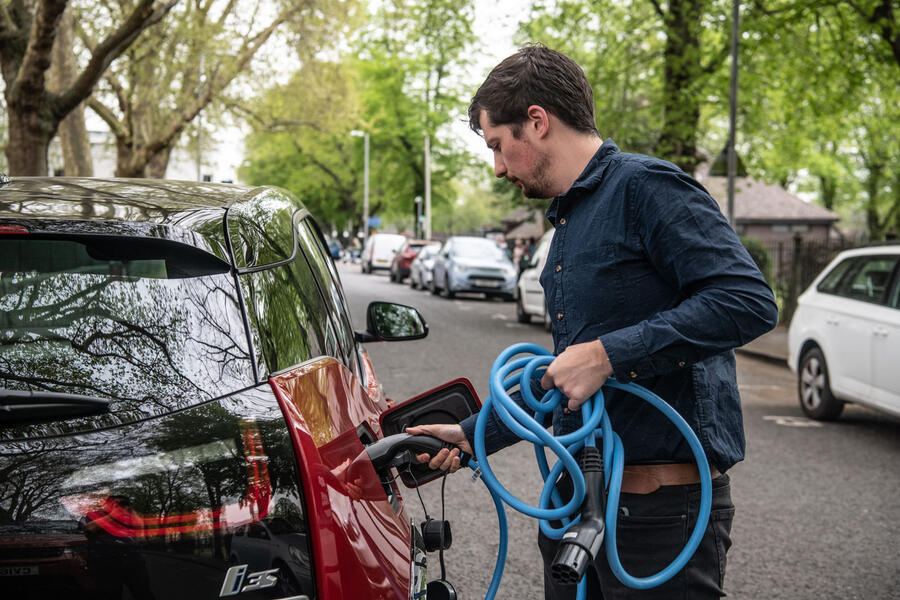
It will also be a test of my restraint, as the 181bhp and a 6.9sec 0-60mph sprint of our more potent i3s is rapid enough to bother some hot hatchbacks. I’m fully expecting the instant torque to be more tempting at the traffic lights, though, where only other EVs have a hope of keeping pace to 30mph.
Our car arrives in two-tone Melbourne Red and Frozen Grey metallic paint on 20in black alloy wheels and BMW’s Suite ‘interior world’ – which means brown leather upholstery and dark oak wood trim to you and me. It’s a combination I wasn’t sure of at first, but it has quickly grown on me. The cabin feels more expansive than it really is thanks to the lack of transmission tunnel and minimal dashboard, and the darker materials don’t make you feel at all confined.
It’s a fully loaded example, with £6135 of options ticked, including the essential (£790 Driving Assistant Plus, £360 reversing camera), useful (£395 wireless smartphone charging, £330 keyless entry) and nice but frivolous (£125 blue seatbelts). The £235 Apple CarPlay preparation will largely go unused, as I have an Android phone. Unfortunately for me, BMW and Google don’t yet see eye to eye, so it’ll either be a dashboard mount or the built-in iDrive infotainment for navigation and media. Thankfully, there is an Android version of BMW Connected, the smartphone companion app that will grade my driving on a five-star scale, let me send navigation directions remotely and pre-heat the cabin for any cold morning commutes – at least those when I’m not desperately trying to conserve battery.
Factor in the government electric car grant and you’re looking at a £40,305 outlay, making this very much a premium choice among city-friendly EVs. BMW says 60% of customers think it’s worth the extra over the vanilla i3. It has six months to convince me of the same.
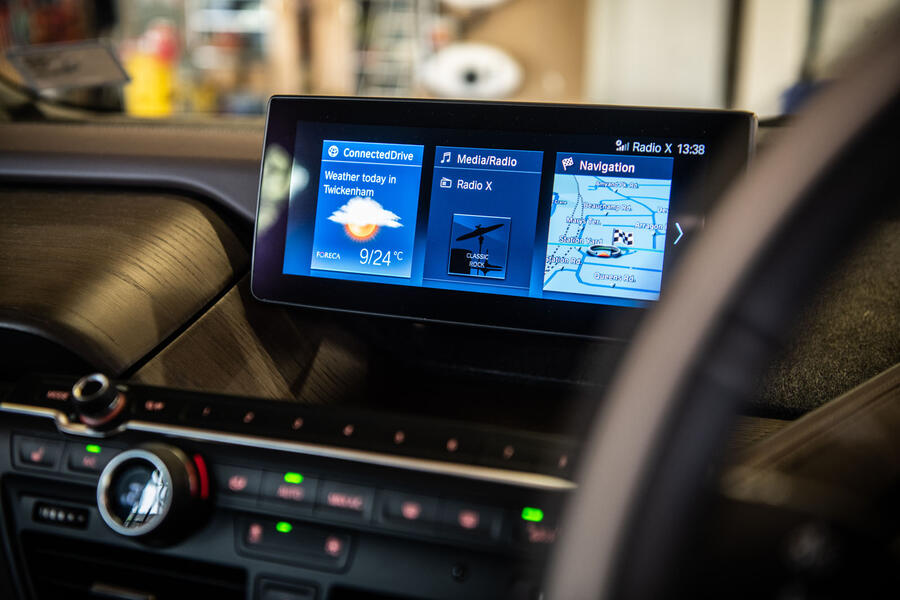
In the 1000 miles I’ve spent with the i3s so far, the inability to charge at home has yet to make this venture a literal non-starter. Even with a lead foot, I can usually make it from the office and back with only around a quarter of the battery drained. Fully charged, the impossible-to-miss remaining battery indicator on the dashboard informs me it has 155 miles in reserve, jumping to over 190 if used in Eco Pro+ mode.
This reduces top speed to 56mph and throttle response to something altogether more restrained while disengaging the climate controls and switching off the heated seats. I’m hoping that will be something of a last resort for all but the longest of journeys. I’ll be interested to learn how quickly the battery can be sapped at a 70mph motorway cruise.
I haven’t felt the need to curse the giant alloy wheels or sportier suspension yet, although the i3s does certainly ride rather firmly for a car most at home in the city. I’m looking forward to driving on more engaging roads, when I know I have a charging point waiting for me at the end, to see if it delivers on the promise of engaging handling.
I’ll also be after any tips on hypermiling and squeezing out every drop of range from a charge, so if you have any, please get in touch. I’m probably going to need them.
Second Opinion
To my mind, the i3 has always been a brilliant flag bearer for electric mobility, but flawed in several important design aspects and in some of its minor details. The question this test should answer is whether it’s a flawed genius, or just frustratingly short of the very best.
Jim Holder
BMW i3 S specification
Specs: Price New £34,170 (including government grant) Price as tested £40,305 (including government grant) Options Melbourne Red paint £550, i3s Plus package £1100, Suite interior £2000, keyless entry £330, reversing camera £360, blue seatbelts £125, eDrive exterior sound £80, front and rear parking sensors £170, Driving Assistant Plus £790, Apple CarPlay preparation £235, enhanced Bluetooth with wireless charging £395
Test Data: Engine electric motor Power 181bhp Torque 199lb ft Kerb weight 1265kg Top speed 99mph 0-62mph 6.9sec Range 177 miles (WLTP) CO2 0g/km Faults None Expenses None
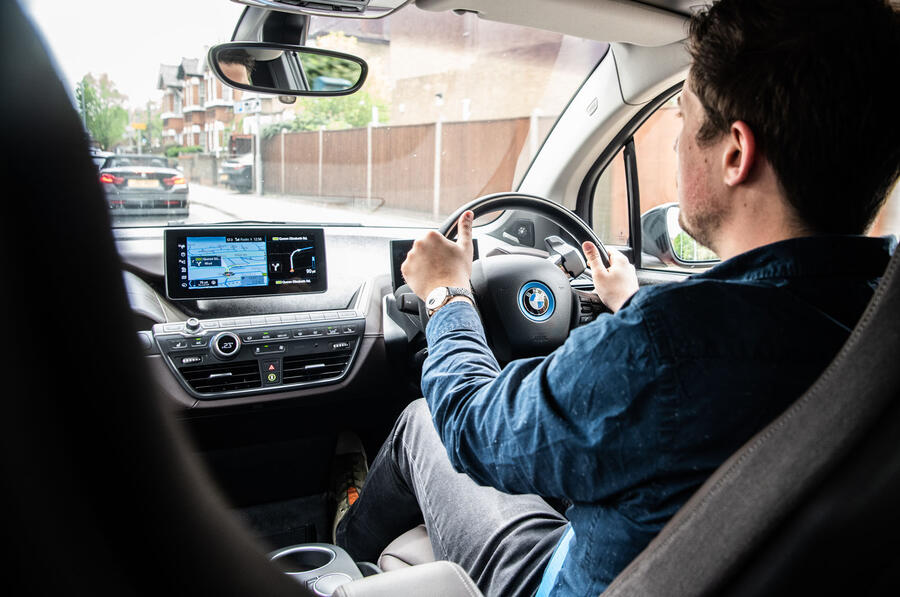

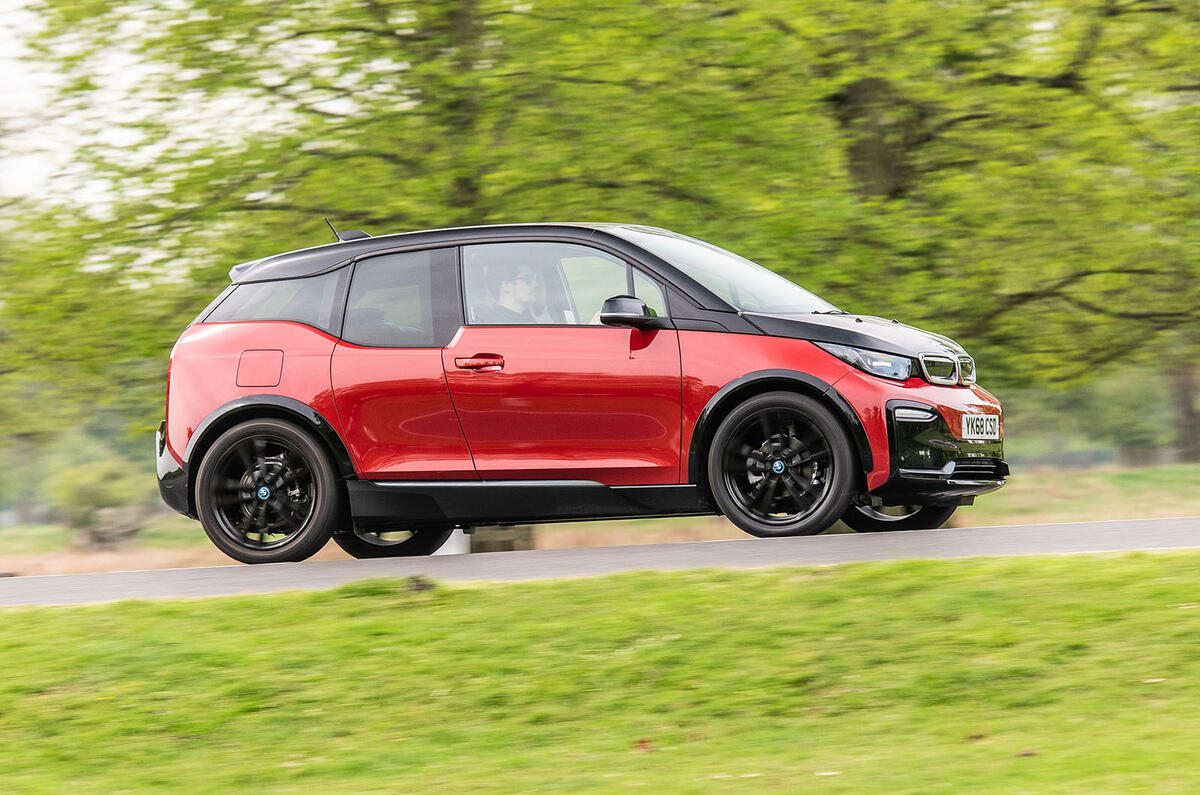
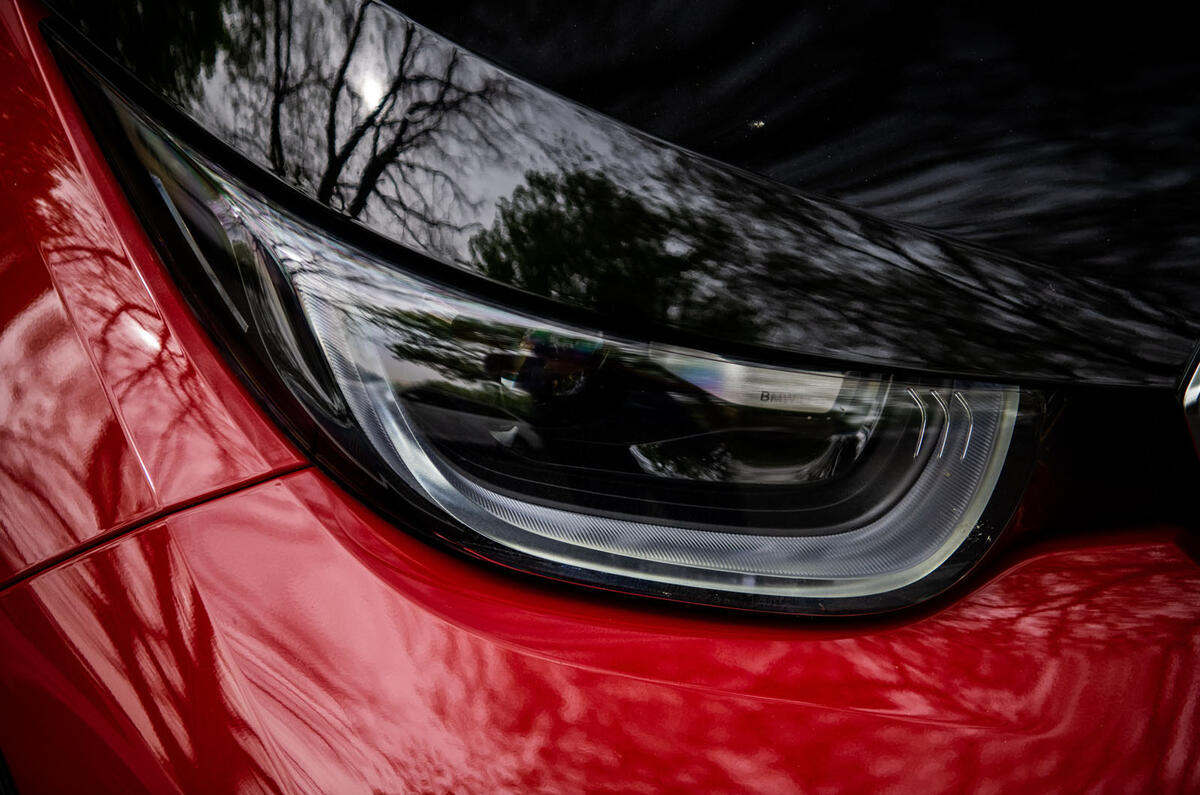
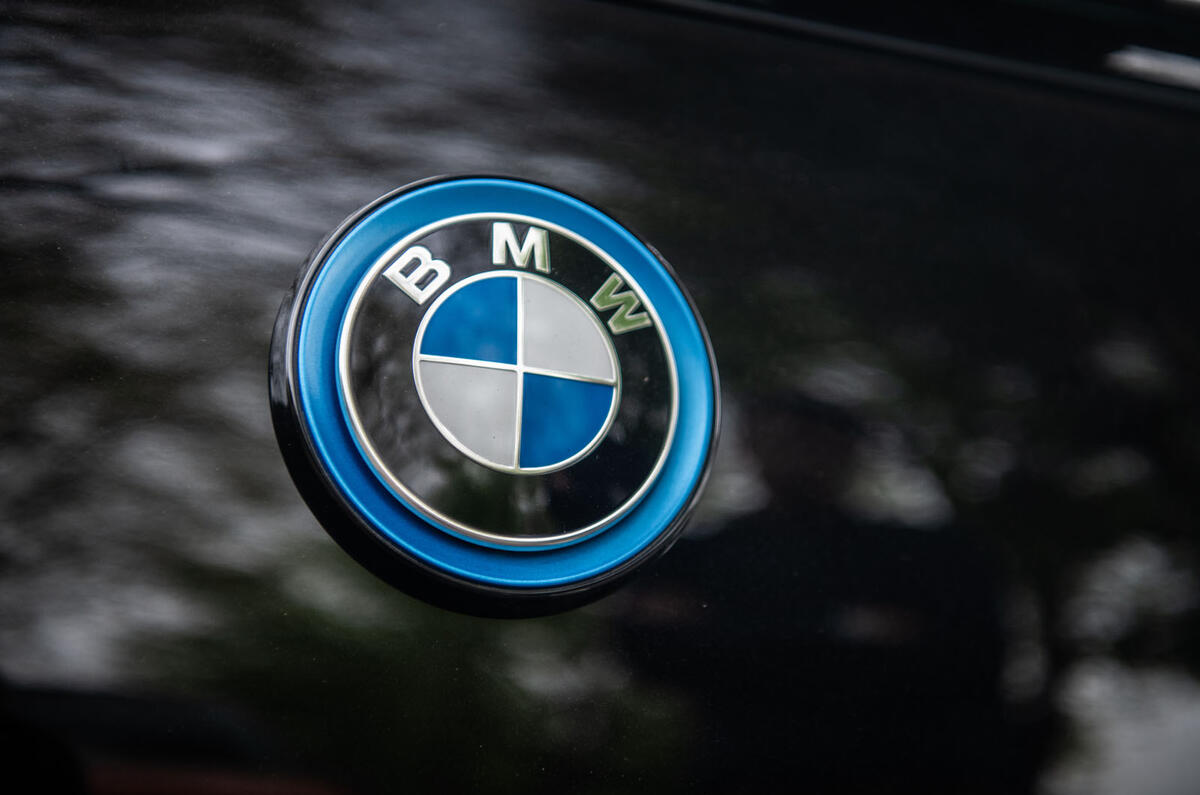
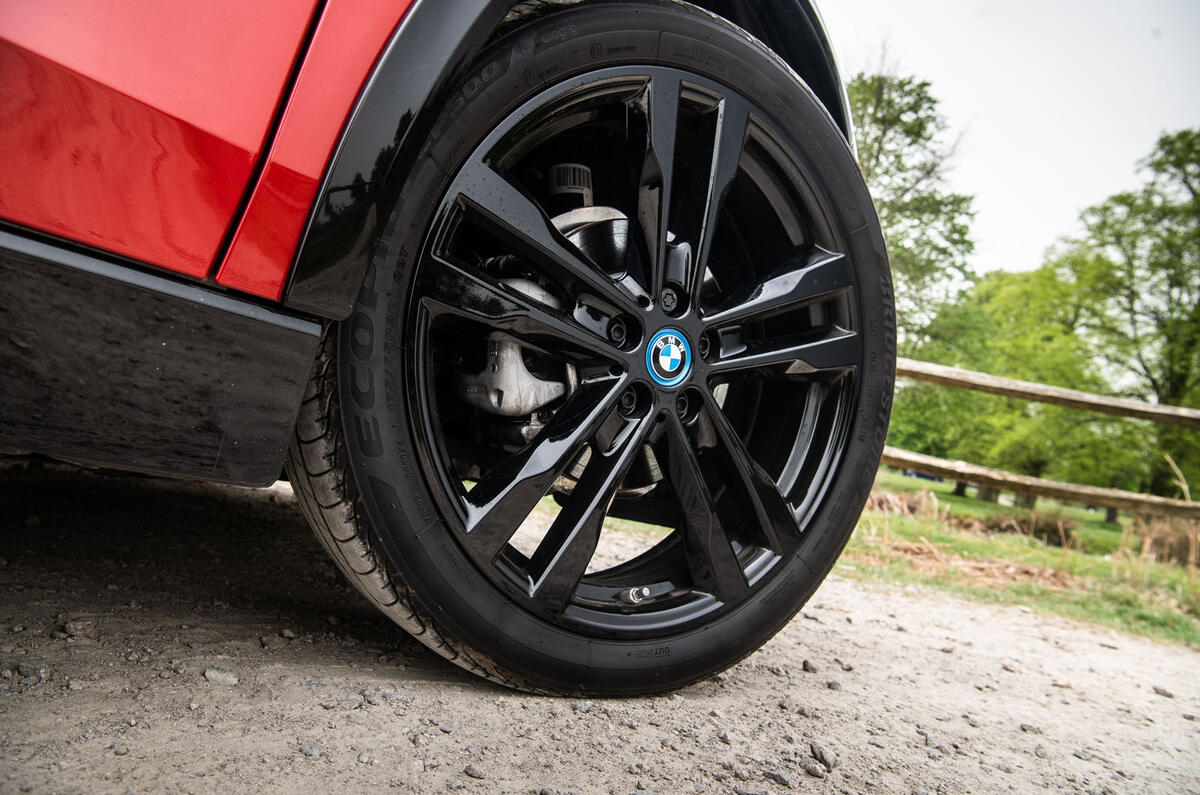
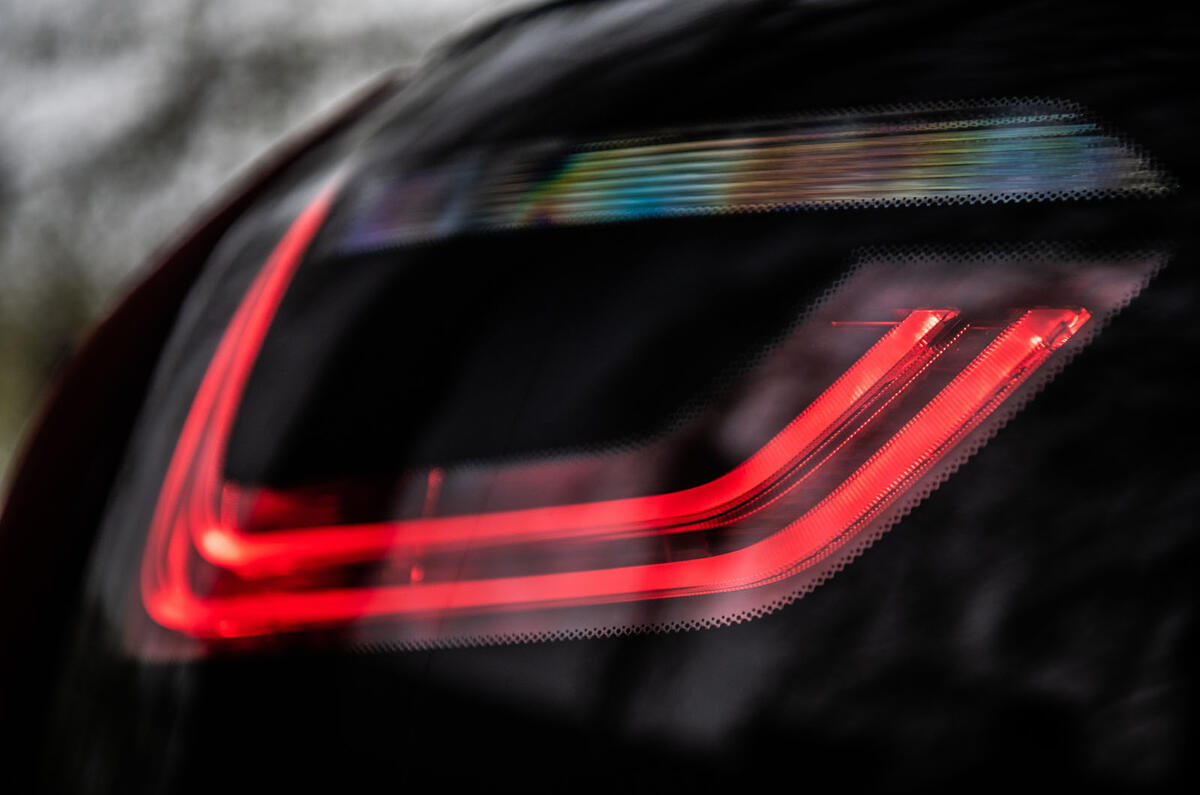
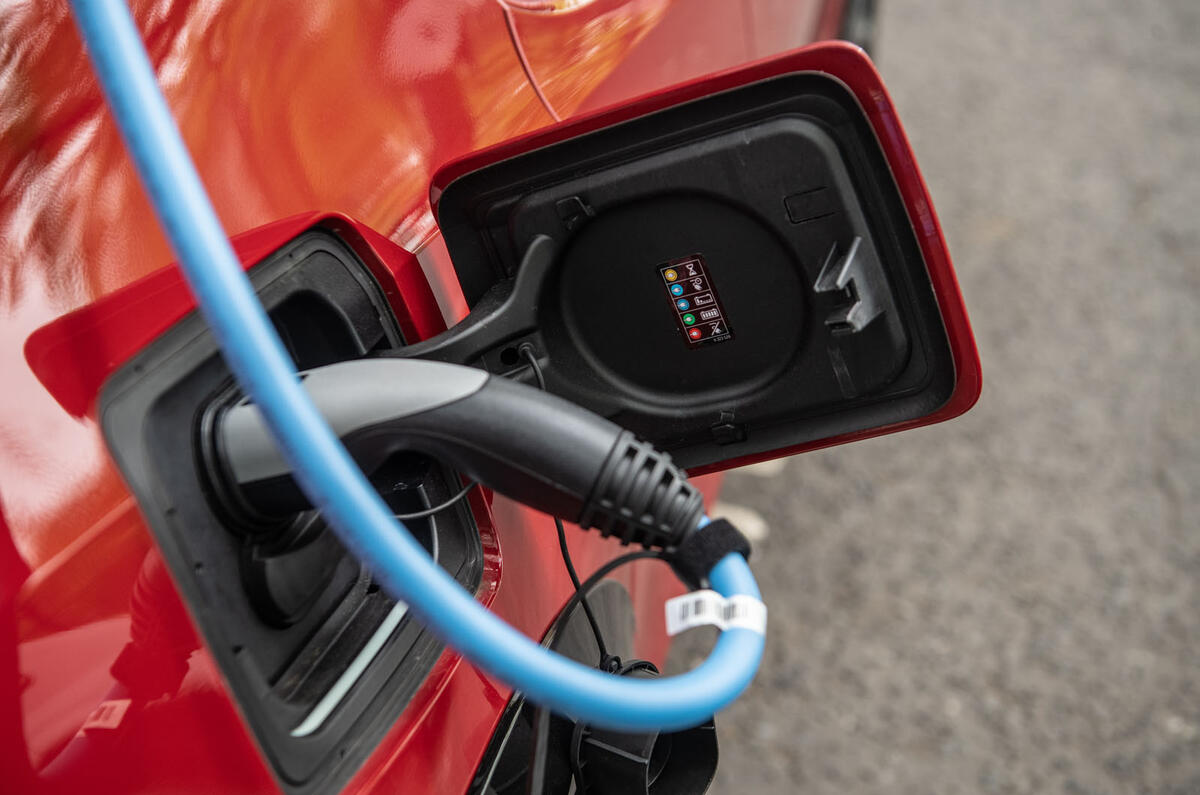
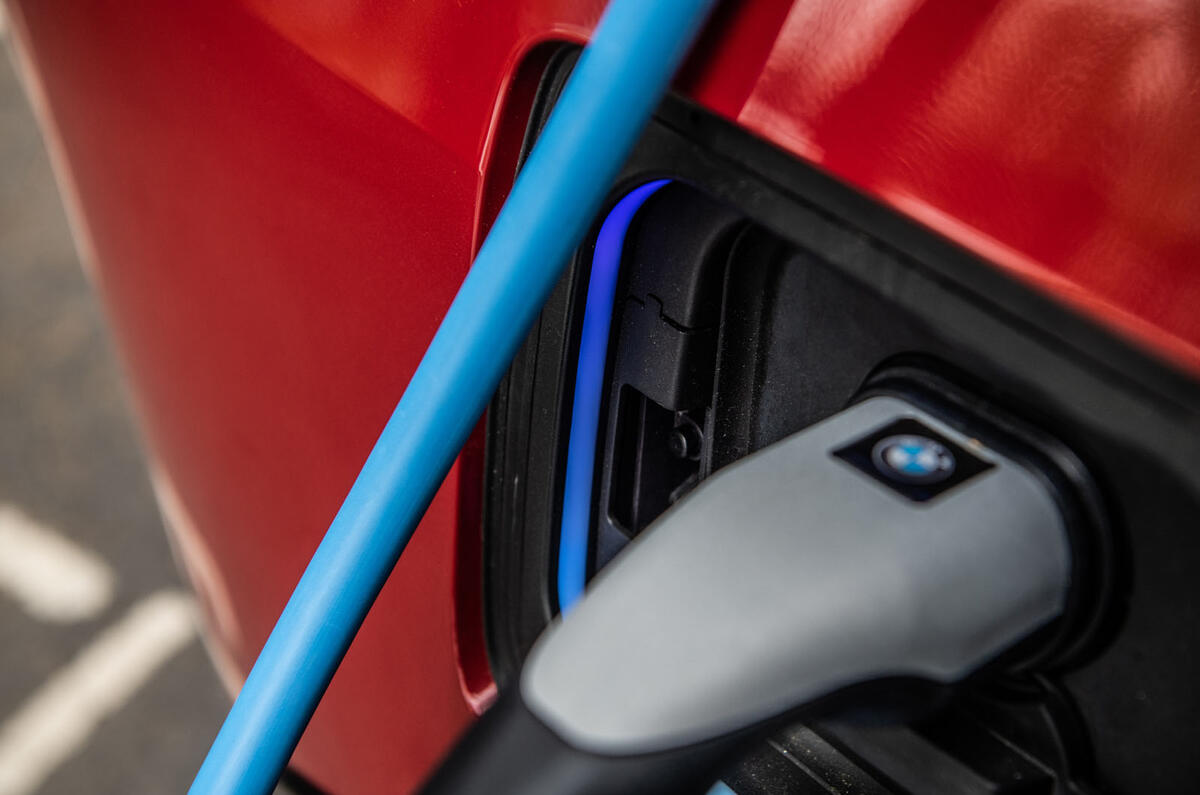
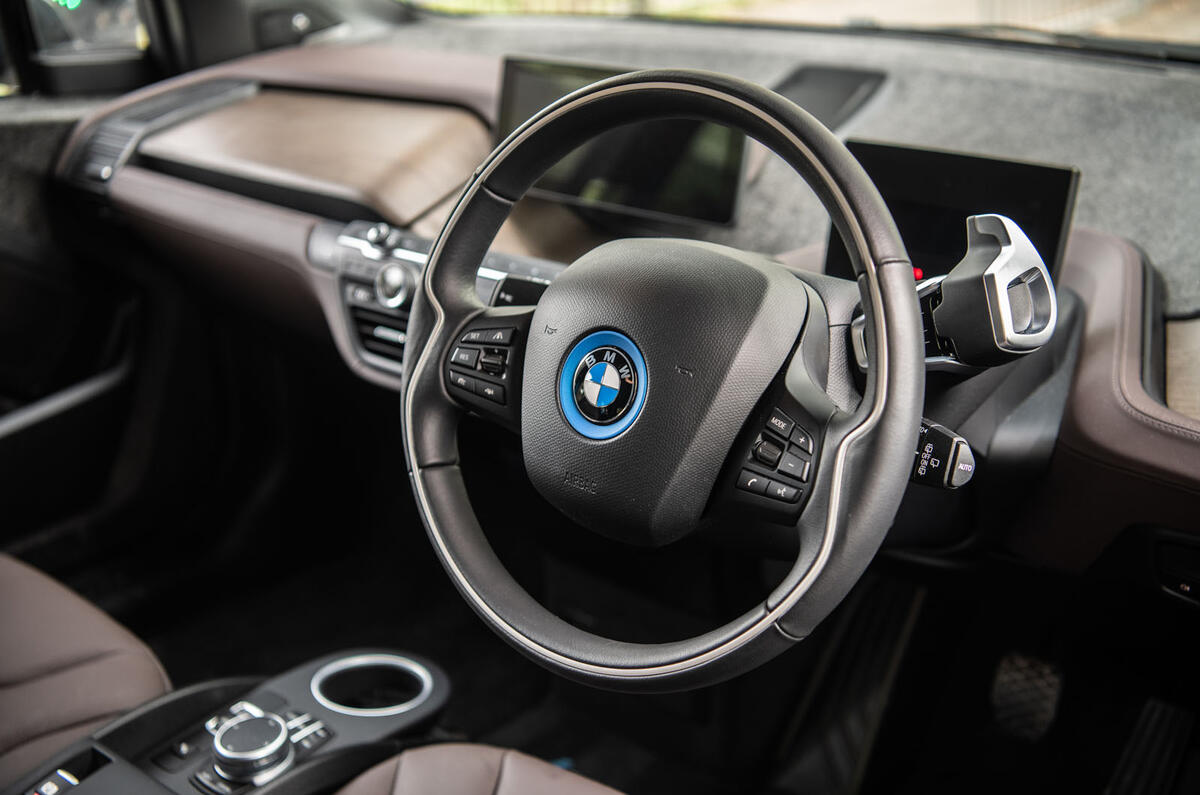
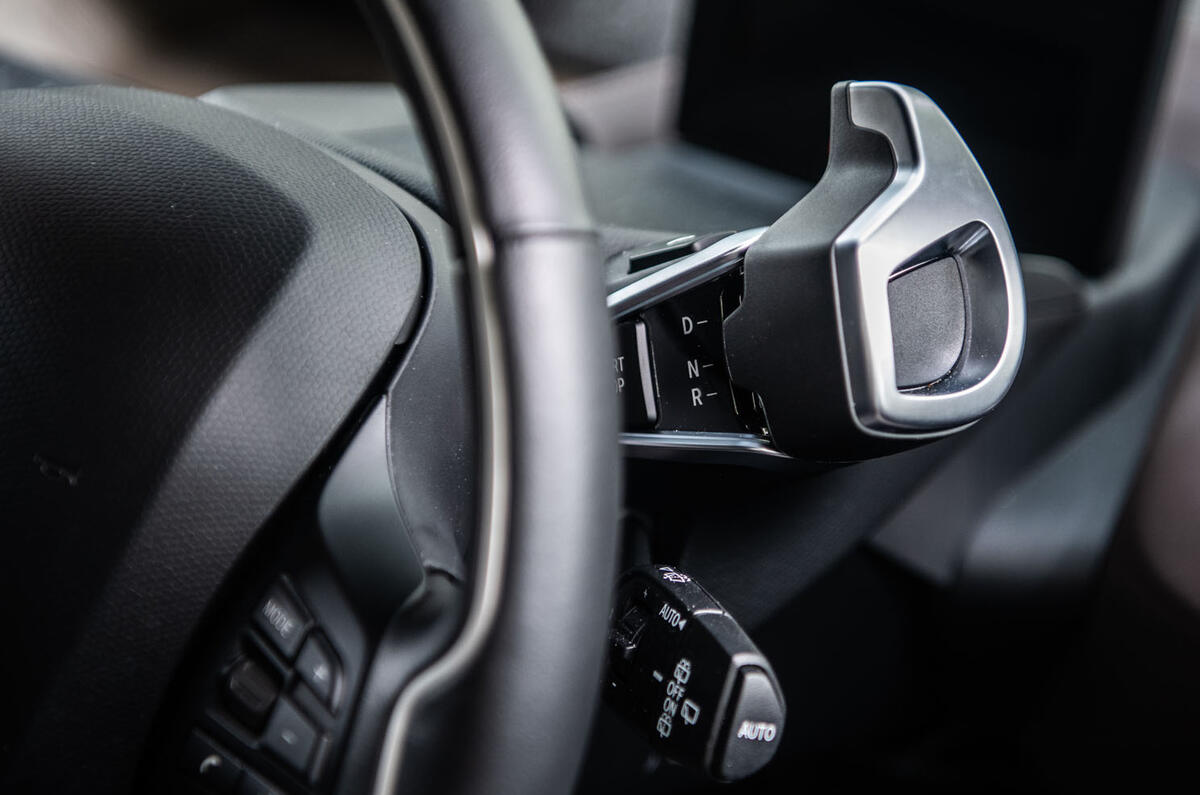
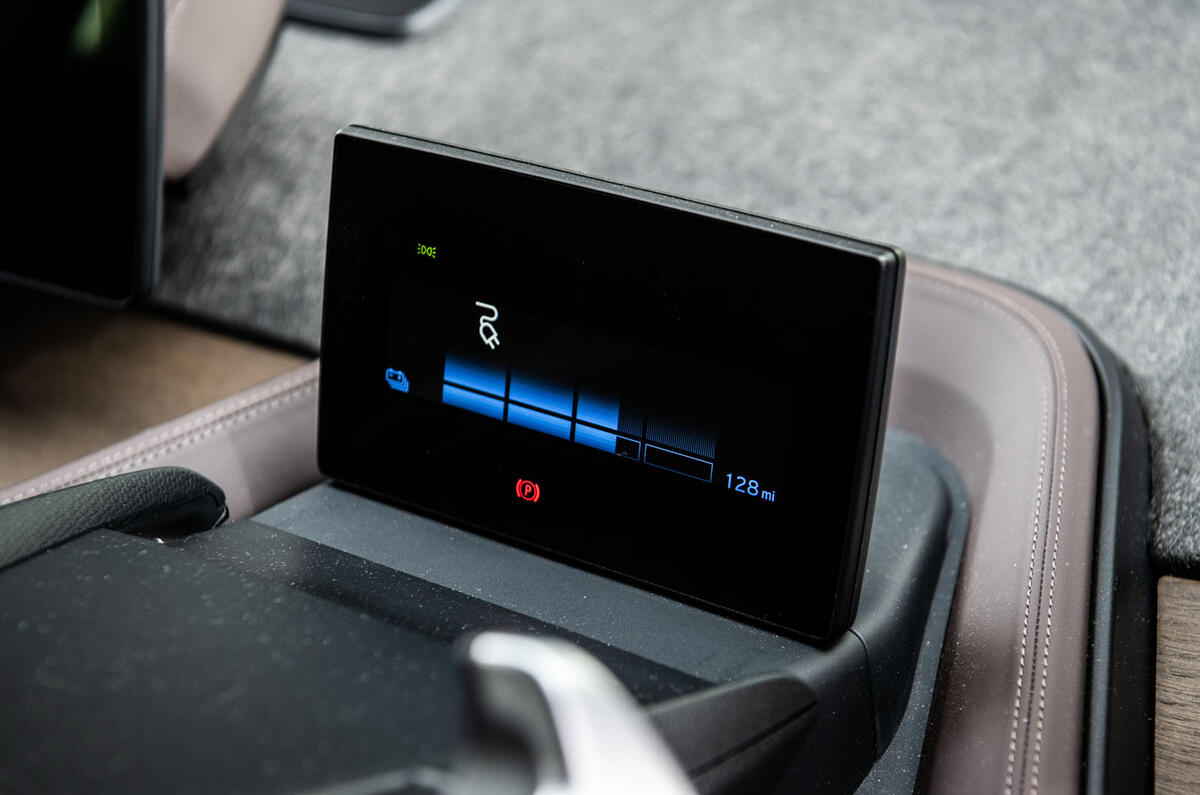
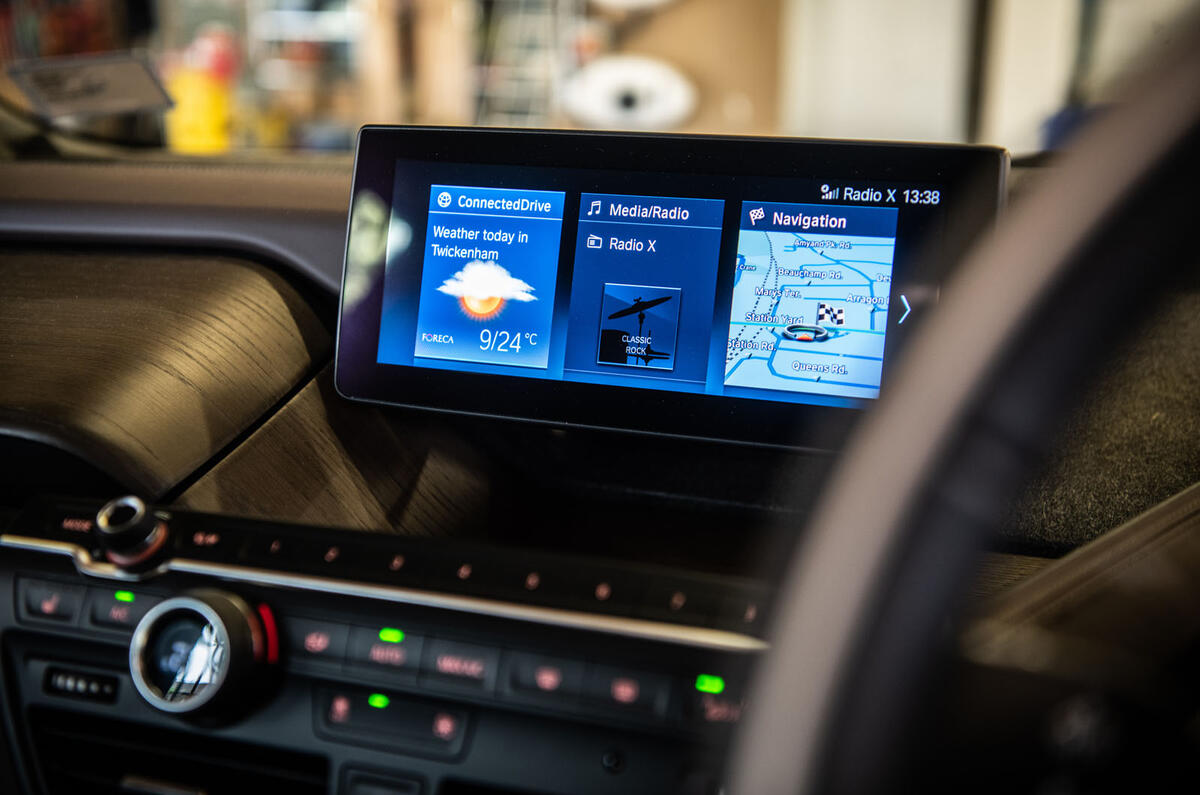
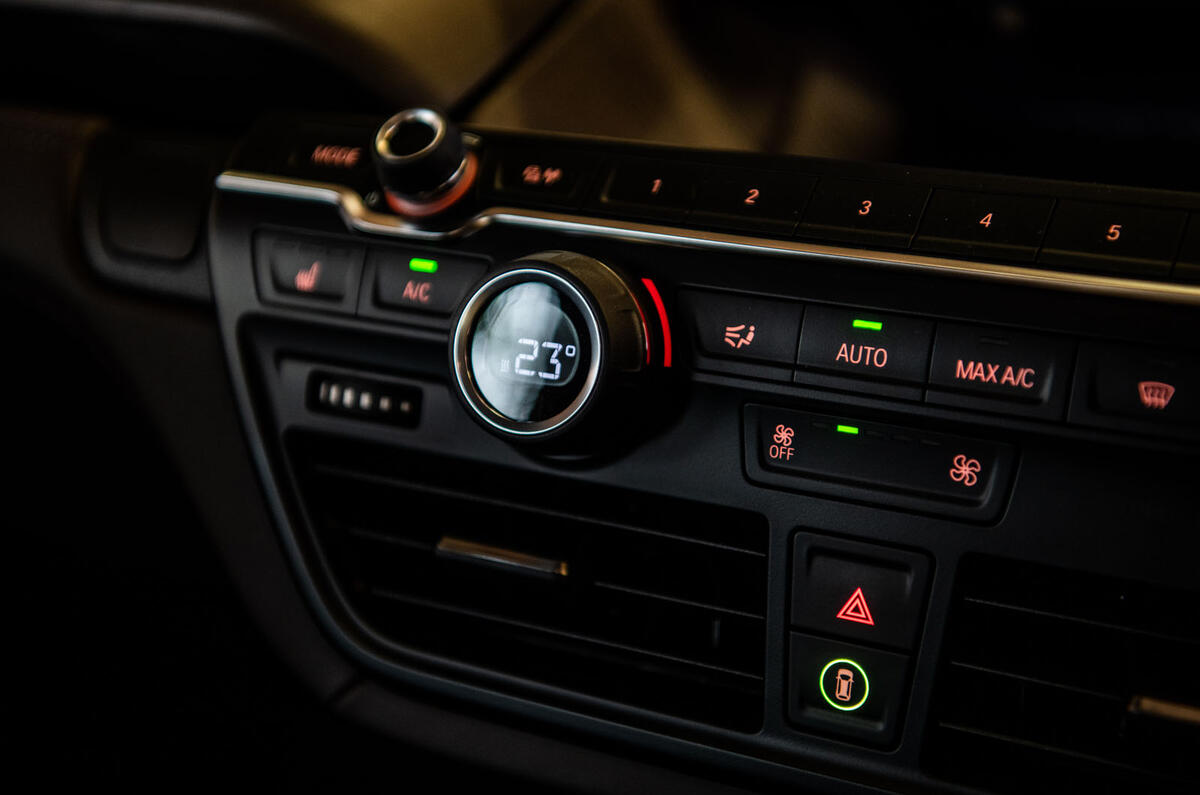
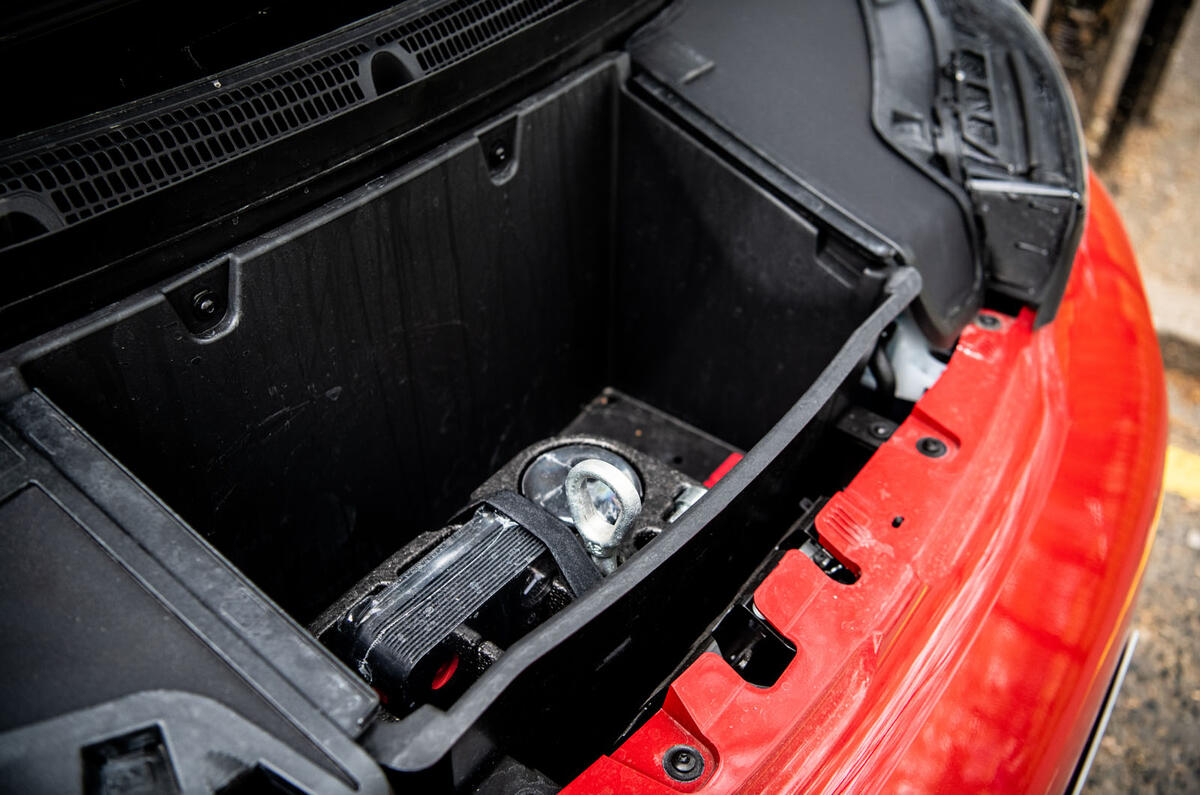
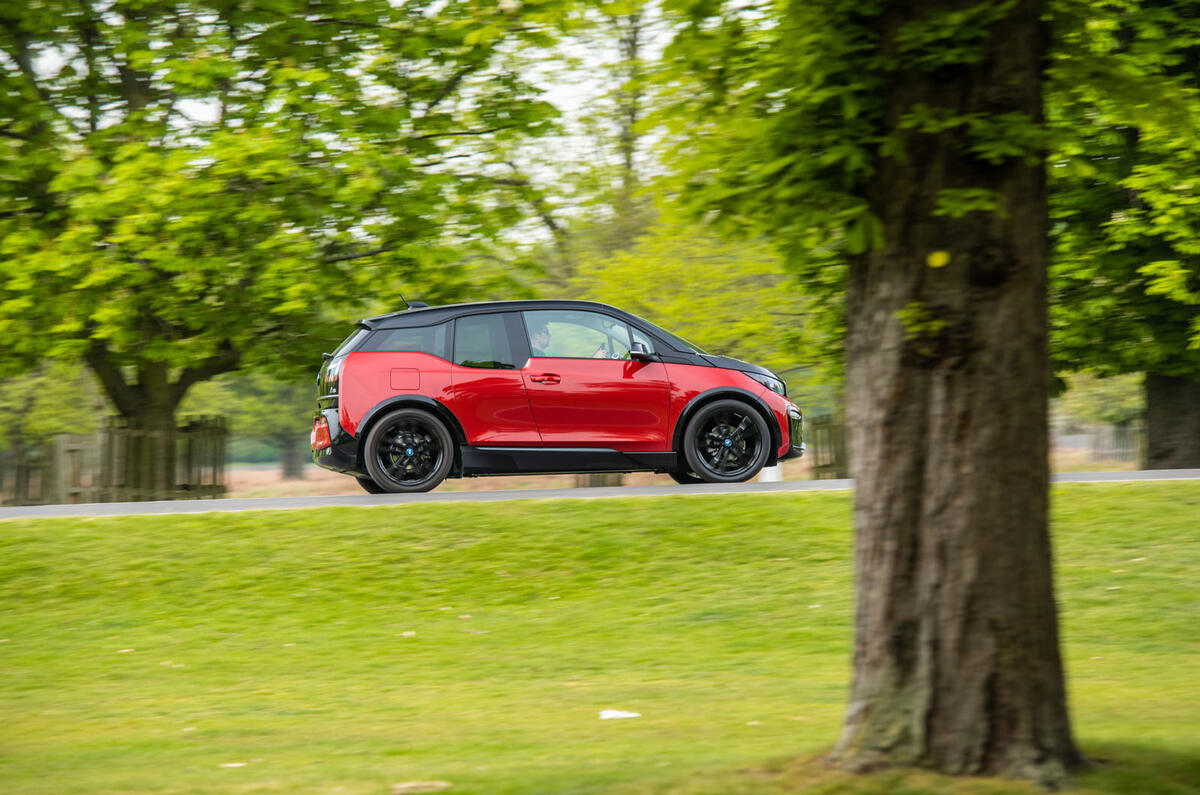
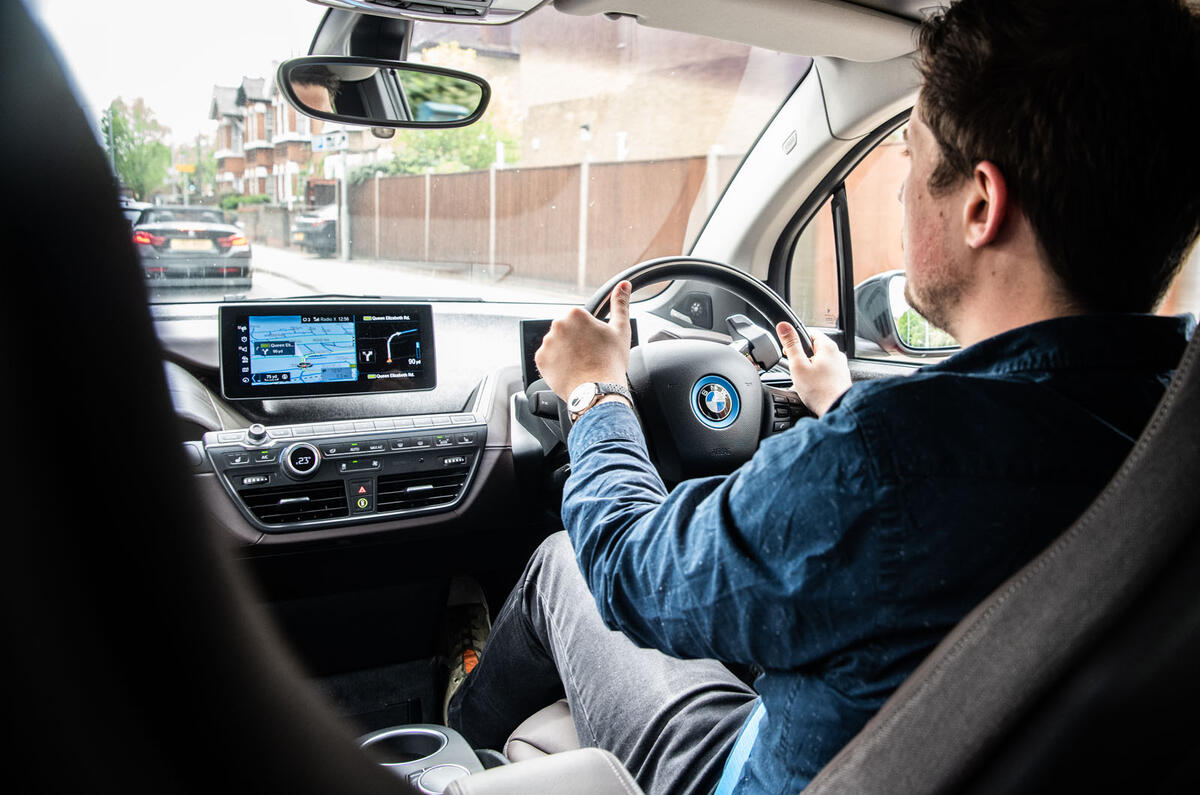

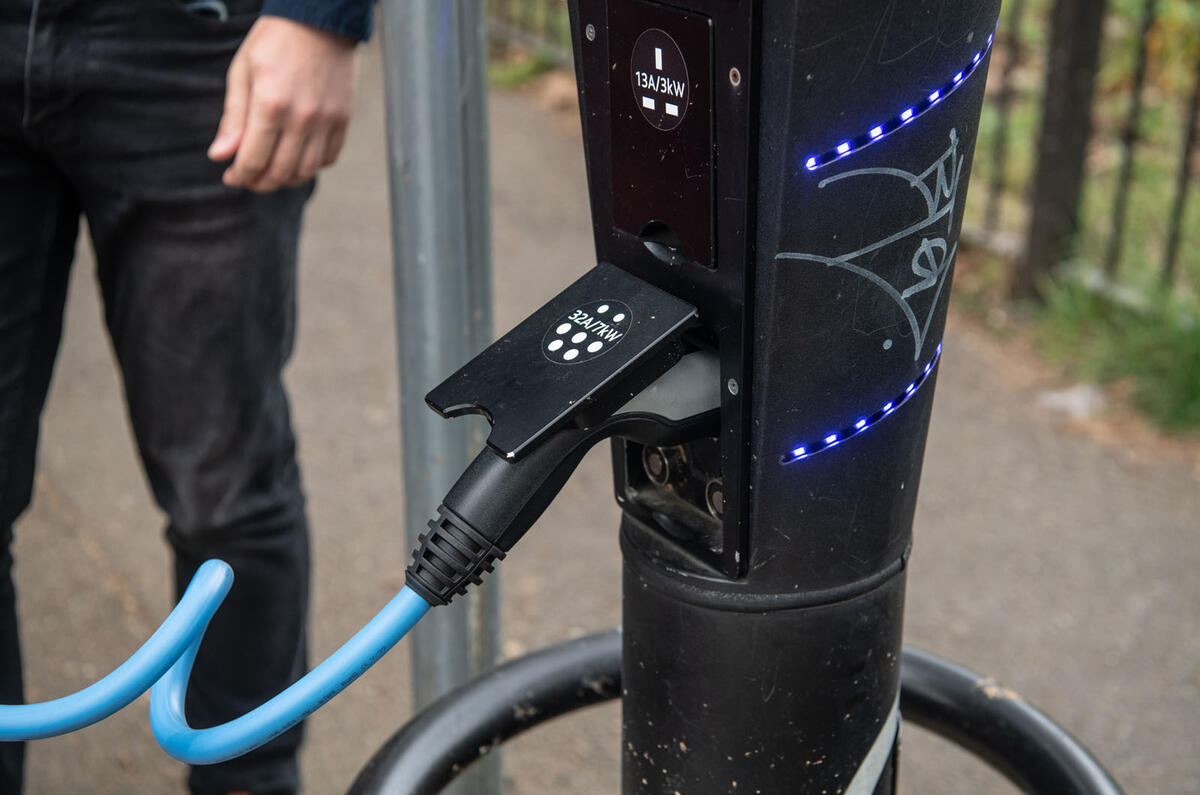
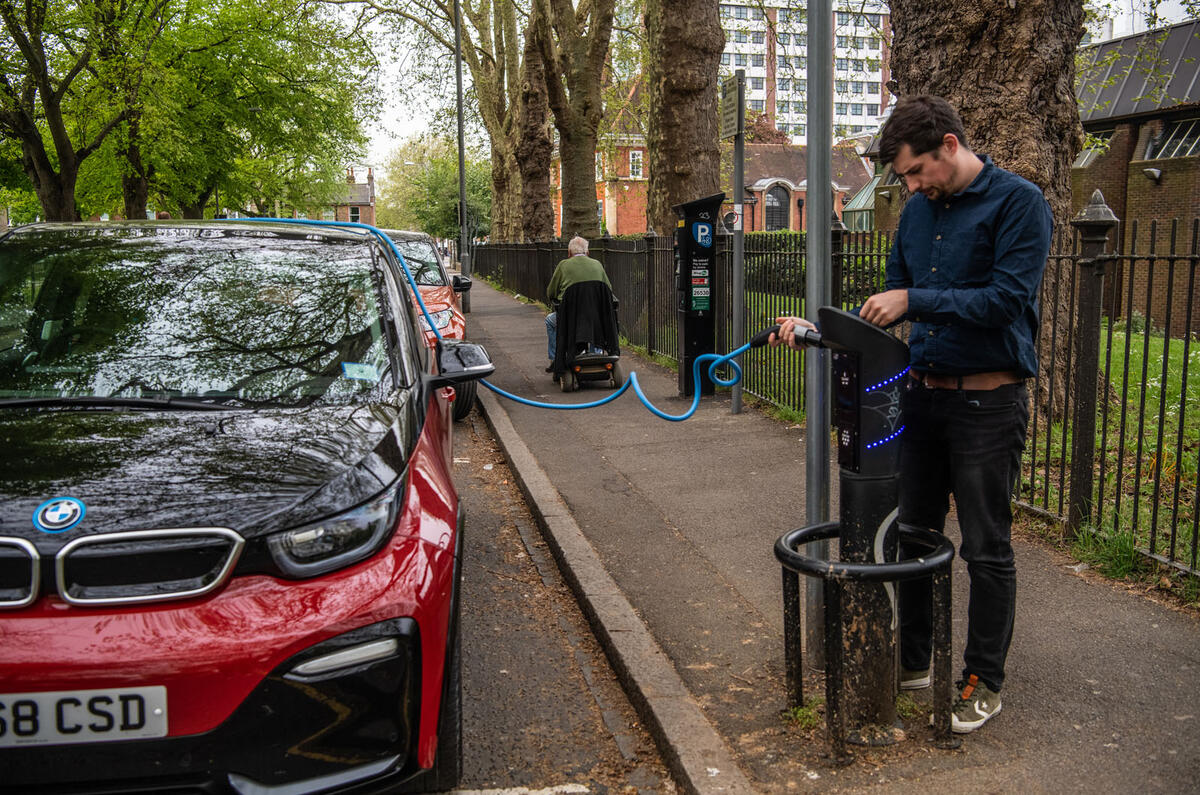
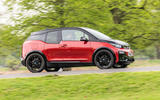

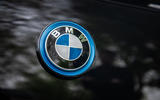


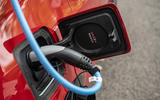
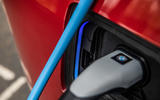
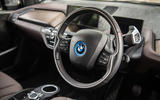
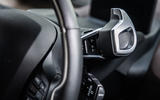
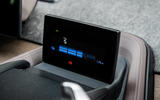
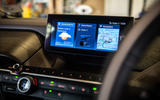
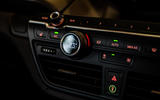




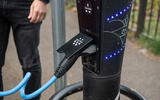
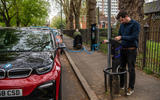
Join the debate
Peter Cavellini
It’s the money...
£40,000?, that a lot!, the big draw are the saving I guess ,but that’s short term, you won’t notice because you’ll spend it on something else, your not exactly going to bank it are you?!
Peter Cavellini.
Bob Cat Brian
Spending the money saved
Spending the money saved means you are noticing the saving, because you are spending money you wouldnt have had otherwise.
That would be like suggesting you wouldnt want a pay rise, you'd only spend the money on something...
List price is high though, although Im (enviously) seeing alot of i3's now. SH Rex models are almost in my budget, but used prices have gone up in the past year, frustratingly.
xxxx
£34K
Bit of a niche, on COST alone it's £5.5k cheaper than a Model 3 but £5k cheaper than a LEAF so a good comparrasion would be the LEAF e+ for a £2k more
Any chance of a video: A family of 4 getting out in the wrong order with a car parked either side, I've heard it can be a bit comical.
Finally £400 for a phone charger, should be illegal!!!
typos1 - Just can’t respect opinion
xxxx
edit
meant ...." on COST alone it's around £5.5k cheaper than a Model 3 but £5k more expensive than a LEAF "
typos1 - Just can’t respect opinion
Crankie Shaft
It's a great commuter
I've done 28K miles in 18 months in my 94Ah REX i3, bought primarily to do and 75-80 miles a day commute, taking in a mixture of rural, city, nose-to-tail and open motorway roads. I tend not to hold back too much, the instant acceleration never ceasing to raise a grin. It covers the distance with ease, and having a home charger means it's always nice and toasty on cold Scottish winter mornings. Recently did 1100 miles in the Scottish Highlands, using public chargers all the way (only two of which were chargeable). Was basically 1100 miles for under a tenner (most public chargers being free in Scotland...for now).
I really love it for the purpose I own it. It's smooth, refined, perfectly sized and with the perfect blend of performance for commuting. It garners a lot of positive attention, and is surprsingly good fun to boot.
Yes, they are a bit pricey, but there's enough innovative tech, not to mention actual usable tech (I still think iDrive is the best OEM infotainment system out there) to just about justify it.
Worth also adding that I've only put petrol in twice. It's nice knowing the REX is there, but I'm past the anxiety stage and now hate the fact I'm carrying around a fuel tank and REX motor.
Very interested to see what kind of range you get from the new 120Ah.
Maximum Bob
I've had one for almost a year
As above, a great car for commuting. I do @ 80 miles a day mostly motorway and have 35-40 miles when I get home (2018 smaller battery version). Fortunately I can charge either at work or home- home is significantly cheaper.
Other reason for an i3 or i3s is BIK as a company car user. As of next April my BIK goes from 16% to 2%. Yep 2%. That's like having a large pay rise just for driving to work. I'm not sure how widely known this is but it should be borne in mind by anyone in a company car scheme who is up for a change over the next 10 months or so.
dfl3tch3r
BIK
if you’re considering the BMW i3 for your business, it’s good to know it will have a BIK tax rate of 0% for 2020.
Maximum Bob
I've had one for almost a year
As above, a great car for commuting. I do @ 80 miles a day mostly motorway and have 35-40 miles when I get home (2018 smaller battery version). Fortunately I can charge either at work or home- home is significantly cheaper.
Other reason for an i3 or i3s is BIK as a company car user. As of next April my BIK goes from 16% to 2%. Yep 2%. That's like having a large pay rise just for driving to work. I'm not sure how widely known this is but it should be borne in mind by anyone in a company car scheme who is up for a change over the next 10 months or so.
nehasharma
Independent Call Girls Service in Delhi
I should state I motivated with your work. I needed to scrutinize such kind of article which is one of these, I've found here a lot of entrancing information. this site ideal for the understanding I need.
Sexy Bhabhi ka Phone Number
Delhi Call Girls Number
Delhi Call Girls
xxxx
Above posters
Nice to hear the positives from 2 actual owners doing fairly big commutes. Also confirms why they dropped the REX version from some markets once longer range i3's become available.
But Autocar why no actual updates on kW used?
typos1 - Just can’t respect opinion
Pages
Add your comment